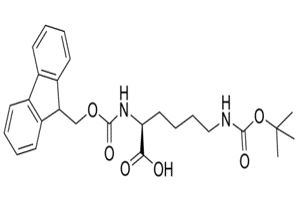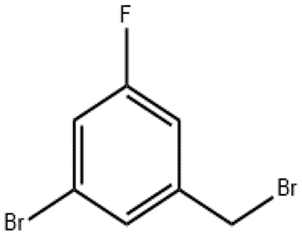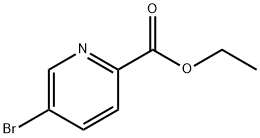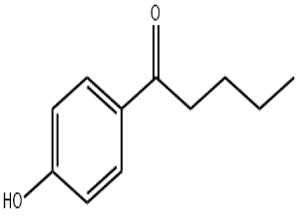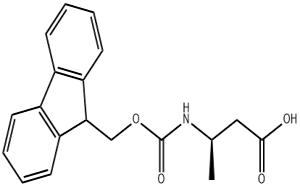N-alpha-FMOC-Nepsilon-BOC-L-Lysine(CAS# 71989-26-9)
| Hazard Symbols | Xi – Irritant |
| Safety Description | S24/25 – Avoid contact with skin and eyes. S36/37/39 – Wear suitable protective clothing, gloves and eye/face protection. S27 – Take off immediately all contaminated clothing. S26 – In case of contact with eyes, rinse immediately with plenty of water and seek medical advice. |
| WGK Germany | 3 |
| HS Code | 29224999 |
Introduction
N-alpha-fluorene methoxycarbonyl-N-epsilon-tert-butoxycarbonyl-L-lysine is a synthetic compound often denoted by the abbreviation Fmoc-Lys (Boc)-OH.
Quality:
1. Appearance: usually white or off-white crystalline powder.
2. Solubility: soluble in organic solvents, such as dimethyl sulfoxide (DMSO) and methanol at room temperature.
3. Stability: It can be stable under conventional experimental conditions.
Use:
1. The main use is as an amino acid protection group and positive ion starting material in organic synthesis.
2. It is often used in peptide synthesis and protein synthesis to modify amino acid chains and construct peptide chains.
Method:
A common method for the preparation of Fmoc-Lys(Boc)-OH is through a synthetic route. The specific steps can include multiple reactions, such as esterification, aminolysis, deprotection, etc. The preparation process requires the use of specific reagents and conditions to ensure high purity and yield.
Safety Information:
1. Basic safety operating procedures need to be adhered to when using, including wearing appropriate personal protective equipment (such as gloves, goggles) and operating under well-ventilated laboratory conditions.
2. The compound should be properly stored and disposed of, avoid contact with incompatible substances, and dispose of it in accordance with relevant laws and regulations.
3. If you have specific safety issues or needs, please refer to relevant chemical expertise or consult relevant professionals.


